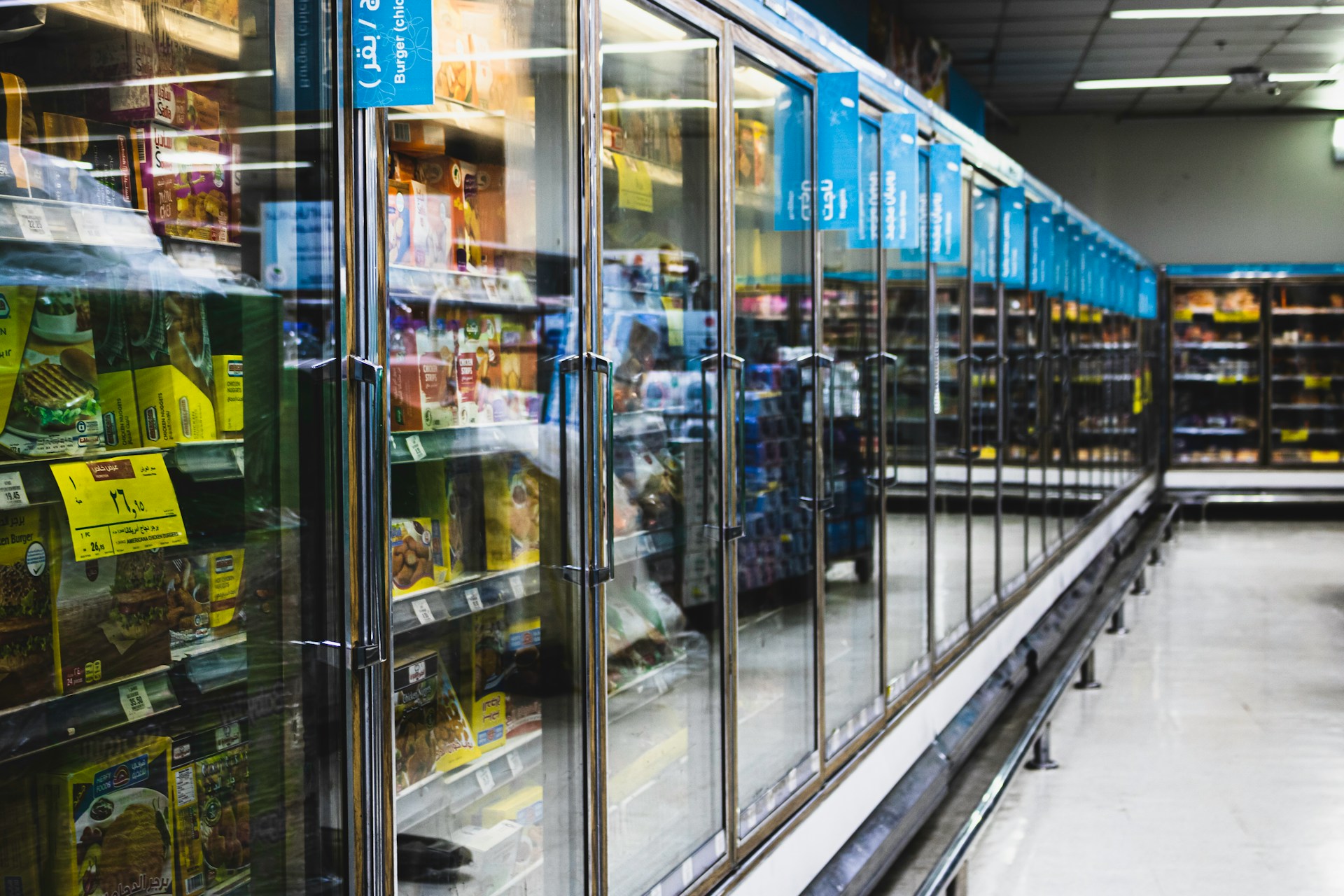Inefficiencies and lack of oversight in cold storage monitoring of food can lead to product spoilage, high repair costs, and contamination concerns. The solution to many of these issues is to gain more visibility and control over these processes, and this is precisely what the Internet of Things (IoT) provides. Following are five ways food businesses can use IoT technology to improve their cold storage monitoring.
1. Accelerate Emergency Response
One of the best ways to use the IoT in the cold chain is to monitor refrigerated shipments in real time. IoT sensors can track a product’s condition, location, and temperature as it travels and alert relevant stakeholders when any of these factors deviate from expected or required levels. These notifications enable faster responses to mitigate unexpected disruptions.
Broken refrigeration units are an excellent example. IoT sensors can alert drivers and other supply chain partners when a shipment’s temperature has risen too much. Drivers can then adjust their route to temporarily store the items somewhere nearby while they address the issue, preventing spoilage in transit.
Immediate responses like this could help reduce the 30% to 40% of food that goes to waste in the U.S. Over time, data from this real-time monitoring may also reveal larger trends indicating the need to upgrade some equipment or reorganize supply chains.
2. Improve Long-Term Equipment Maintenance
Equipment maintenance is another ideal use case for IoT in cold storage monitoring. Refrigeration units in vehicles or warehouses benefit from real time alerts as well as long-term data analysis.
IoT sensors can analyze repeated repair issues to diagnose refrigeration equipment with larger underlying issues, informing more effective fixes. They can also alert organizations when it’s time to inspect or upgrade equipment. That is particularly important for refrigerated buildings built before 2010, which likely use the now-banned R22 and require replacement.
Predictive maintenance is another popular application under this umbrella. This practice uses IoT sensors to predict future repair needs based on past trends and current data. By forming repair schedules around these predictions, businesses prevent breakdowns while minimizing maintenance-related downtime.
3. Enhance Inventory Visibility
Food and beverage companies can use IoT systems to improve their inventory visibility. Up to 40% of food loss occurs between production and store shelves, often because of inefficient storage practices. More transparency is the solution.
IoT tracking solutions provide real-time data on the locations of products within a warehouse. They can also alert workers when items are nearing their expiration dates. With these insights, it becomes easier for companies to organize inventories and shipping schedules to prevent spoilage and product loss.
Storage facilities can use IoT monitoring to track temperatures throughout the warehouse as well. This data reveals if any spots are experiencing greater fluctuations in temperature or tend to be warmer than other areas. Brands can then address their refrigeration and storage practices to ensure everything stays at ideal temperatures.
4. Streamline Shipment Routes
Businesses can use IoT to refine their in-transit operations. The same cold storage monitoring systems that track shipments can reveal larger logistics trends to spur supply chain optimization.
For example, refrigerated shipments are often delicate and/or have short life spans, making inefficient routes risky. Over time, IoT data will help by revealing where the most stops or slowdowns occur. Organizations can analyze this information to uncover new, more efficient or less disruption-prone routes for more timely deliveries.
These insights are particularly valuable for food and beverage companies with international supply chains. Cross-border routes with multiple charge offs will have more opportunities for optimization, making them ideal IoT use cases.
5. Minimize Energy Costs
IoT sensors in cold storage can also reduce power consumption. By responding to current data, smart devices provide more precise, adaptable controls over energy-consuming processes, letting them operate on as little energy as possible.
Smart HVAC systems are the most familiar example. IoT-connected AC units stop or trigger cooling systems in response to temperature fluctuations, preventing unnecessary energy expenditures. Consequently, consumer versions can save $50 a year in cooling costs and industrial-scale equipment could see even more significant savings.
IoT tracking solutions also reduce supply chain energy consumption through more efficient routing practices. Vehicles traveling for less time consume less fuel, leading to lower diesel costs and related emissions.
Refrigerated transportation and storage can be difficult to get right. Food and beverage companies must ensure this equipment is reliable, but doing so often involves high operational costs. IoT technologies can improve cold storage processes and uncover opportunities to enhance related workflows.
Implementing IoT technologies in cold storage monitoring will involve some initial disruption and upfront costs. However, the long-term savings can compensate for these upfront expenses. Businesses that take this challenge head-on today can secure a far more efficient future.







